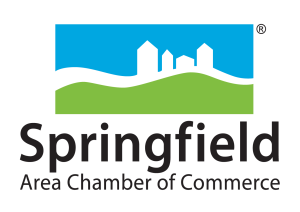Platelet-rich plasma (PRP), also known as blood injection therapy, is a treatment that helps enhance and quicken the body’s healing process for acute and chronic soft tissue injuries. Platelets are tiny blood cells that help your body form clots to stop bleeding and repair cell damage. They also contain natural growth factors, including proteins and cytokines, which decrease inflammation, improve cell growth, and help support the immune system. PRP therapy is the process of injecting areas of inflammation with high concentrations of platelets, which encourage wounds to heal.
Platelet-Rich Plasma FAQs
What are the benefits of PRP treatment?
PRP may decrease healing time after an invasive laser treatment or acute and chronic nonhealing tendon injuries, such as lateral epicondylosis, plantar fasciopathy, cartilage degeneration, ankle and ligament sprains, tennis elbow, and osteoarthritis (of the knee, shoulder, hip, and spine). It may also help diminish the risk of hyperpigmentation. The platelets cannot replicate and have a lifespan of just five to nine days. For best results, combine PRP with stems cells, as in this combination, the PRP may act as an energy drink for your cells.
How does PRP treatment work?
During your appointment, a DermaHealth professional will perform a basic blood draw. The blood is then placed in a centrifuge to separate the plasma and platelets from red blood cells. Finally, our DermaHealth professional will inject the platelet-rich plasma into the treatment site. The high concentration of platelets is loaded with growth factors, which expedite the healing and recovery process. This treatment takes approximately an hour to complete.
Who are ideal candidates for PRP treatment?
Because PRP therapy quickens the healing process, this treatment is very popular among athletes. However, anyone with an acute or chronic soft tissue injury is a candidate for PRP treatment.






